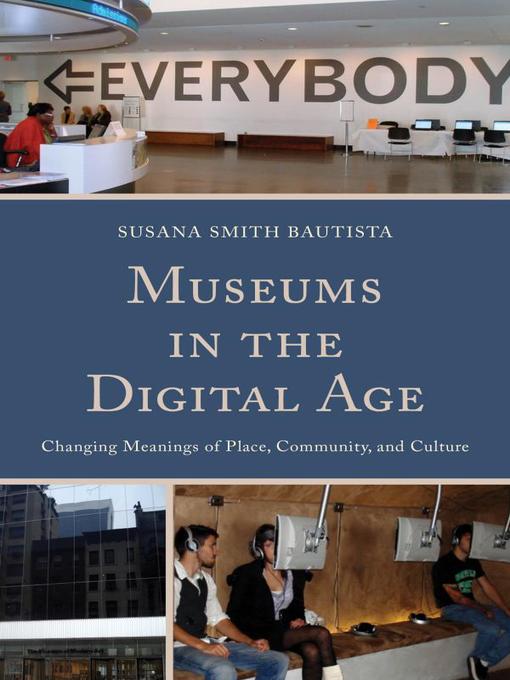Here, museum expert Susana Smith Bautista brings more than twenty years of experience in cultural institutes in Los Angeles, New York, and Greece to propose a social understanding of why museums should be adopting technology, and how it should be adapted based on their particular missions, communities, and places. This book is timely because we are in the midst of the digital age, which is rapidly changing due to rapidly changing developments in technology and society as well, with social adaptations of technology. Theory is always racing to catch up with practice in the digital age, but theory remains a critical - and often neglected - component to accompany the practical application of technology in museums.
In order to illustrate these points, the book presents five case studies of the most technologically advanced art museums in the United States today:
Each case study ends with a Lessons Learned section to bring these points home.
While the case studies focus on museums in the United States, and also on art museums, this book is relevant to all types of museums and to museums all over the world, as they equally face the challenge of incorporating technology into their institutions. Although these case studies are all well-established and well-endowed museums, Bautista reveals valuable insight into the difficulties they face and the questions they are asking which are relevant to even the smallest museum or community cultural center.

